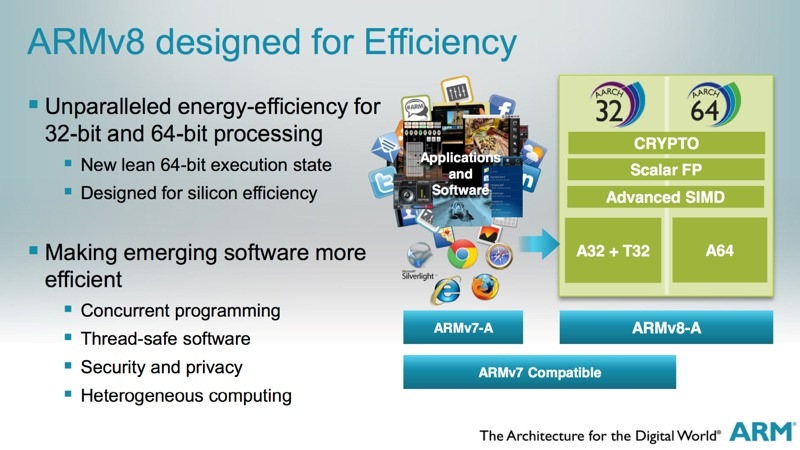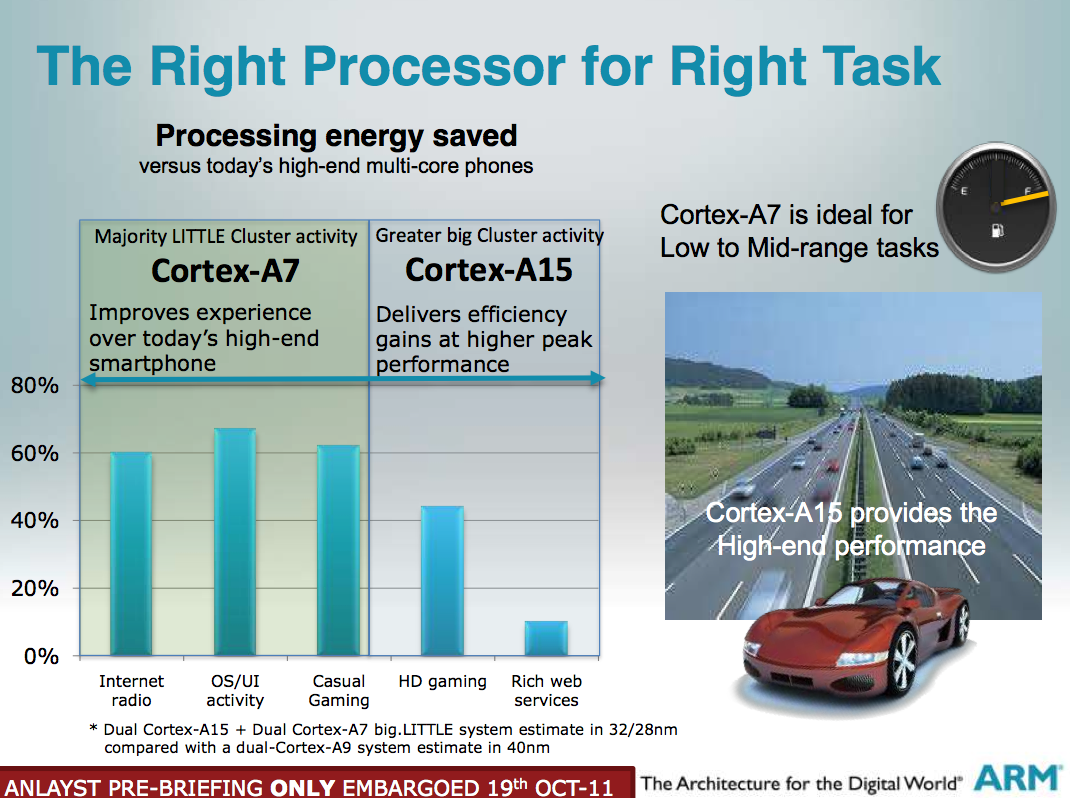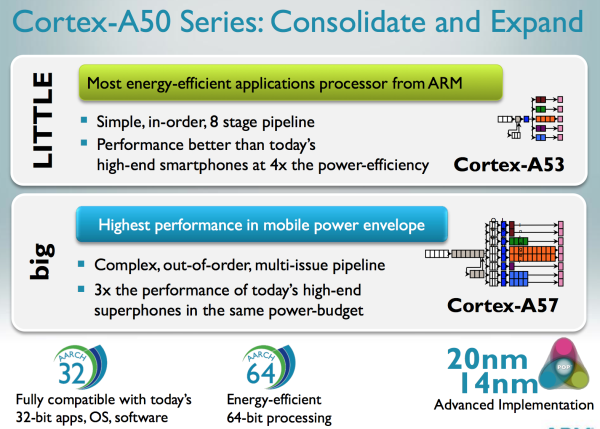An Introduction To The Major ARM-Based SoCs
When it comes to mobility, ARM-based SoCs dominate. Join us as we take a look at where the flagship processors from Qualcomm, Apple, Nvidia, and Samsung land in the competitive landscape.
ARM Holdings: Where It All Begins
History
ARM is a multinational fabless semiconductor and software design company based in Cambridge, England. It was founded in 1990 through a joint venture between Acorn Computers, Apple, and VLSI Technology. The company's name originally came from “Acorn RISC Machine”. At the time of incorporation in 1990, ARM became Advanced RISC Machines Ltd. Later, when it went public in 1998, the name changed again to ARM Holdings.
Throughout its history, ARM has acquired multiple companies. One of the most notable was 3D graphics firm Falanx, which owned the technology that paved the way for Mali and turned ARM from mainly a CPU IP designer into a provider of graphics processing, too. Of course, Mali GPUs are perhaps best known for their role in Samsung's Exynos chips, but also in many SoC from China. Imagination remains the leader in mobile graphics, but thanks to those Chinese chip companies and the popularity of Samsung’s devices, Mali’s market share is on a steady rise.
ARM is mainly using the ARMv7 instruction set, and it’s deprecating the ARMv6 ISA (even at the lowest end of the market), with ARM11 CPUs based on ARMv6 being replaced by the ARMv7-based Cortex-A5 and -A7. ARM is also about to transition to the brand new 64-bit ISA, ARMv8, which will facilitate products like Cortex-A53 and Cortex-A57, along with the already-shipping Apple A7 and upcoming Denver CPU core from Nvidia.
Business Model
Unlike Intel, ARM doesn’t build its own chips. It only designs them. Then, companies with access to manufacturing license the intellectual property. ARM's approach allowed its technology to become ubiquitous in the mobile market, and ARM-based processors are now in billions of devices.
ARM currently sells a variety of CPU and GPU IP, from ultra-efficient and low-end CPU cores like Cortex-A5 and -A7, to higher-performance ones like Cortex-A15, as well as the new ARMv8-based Cortex-A53 and -A57. At the same time, it has granted architecture licenses to companies like Qualcomm, Apple, and, more recently, Nvidia, which all have proprietary SoCs based on the ARMv7 or ARMv8 ISA. This model allows the flexibility needed for each contender in the space to differentiate, giving us the diversity in platforms we enjoy today.
Get Tom's Hardware's best news and in-depth reviews, straight to your inbox.
Current page: ARM Holdings: Where It All Begins
Next Page Qualcomm's Snapdragon Line of SoCsLucian Armasu is a Contributing Writer for Tom's Hardware US. He covers software news and the issues surrounding privacy and security.
-
de5_Roy tegra and zune!?! rofl!Reply
the stark soc seems to have vanished from the latest soc roadmap... wonder what happened to it....
wonder why mediatek, allwinner left out of the "big players" while nvidia in nowhere on the "competitive landscape" or anything that qualifies as such. :pt1cable: -
InvalidError Reply
The Starks have been dropping like flies. Maybe Nvidia got worried HBO would finish killing them off in the fifth season.14007665 said:the stark soc seems to have vanished from the latest soc roadmap... wonder what happened to it....
-
adamovera Replytegra and zune!?! rofl!
Haven't heard peep about Stark for a very long time, but the followup article, scheduled for next week, focuses on lesser-known Chinese ARM-based SoCs ;)
the stark soc seems to have vanished from the latest soc roadmap... wonder what happened to it....
wonder why mediatek, allwinner left out of the "big players" while nvidia in nowhere on the "competitive landscape" or anything that qualifies as such. :pt1cable: -
Jak Atackka I'm interested to see how well the Tegra K1 performs in market. It would be great if it was successful, because that will push Qualcomm and other manufacturers to develop more powerful chips as well. Competition benefits us consumers, and technology as a whole.Reply
As ARM chips become more powerful and x86 chips become more power efficient, it won't be long until the two of them meet. I'm curious to see which format will win that war. One thing's for sure, the next decade will be a very exciting time for mobile computing. -
InvalidError Reply
The Shield Tablet murders its battery in just over two hours when its IGP gets pushed to its limits so I doubt the K1 will be particularly popular for products where small size and long battery life are priorities. If it does manage to succeed, it will be in larger devices that can accommodate larger batteries like Chromebooks and mobile devices specifically designed for mobile gamers.14018982 said:I'm interested to see how well the Tegra K1 performs in market. It would be great if it was successful, because that will push Qualcomm and other manufacturers to develop more powerful chips as well. Competition benefits us consumers, and technology as a whole. -
palladin9479 Tegra 4 was actually pretty powerful graphics wise. The problem is that it wasn't power efficient and thus got throttled when used in a smartphone. The Shield on the other hand actually lets it go full out, it's even got a small heatsink and airvents which do get hot after you've been using it for awhile. The K1 is similiar, it provides great visuals and is very powerful, but sucks power and generates heat doing so.Reply -
Bulat Ziganshin everyone reports that 5433 will be 64-bit: http://www.droid-life.com/2014/08/20/galaxy-note-4-powered-by-64-bit-exynos-5433-benchmarked-only-beat-by-one-other-chipset/Reply


